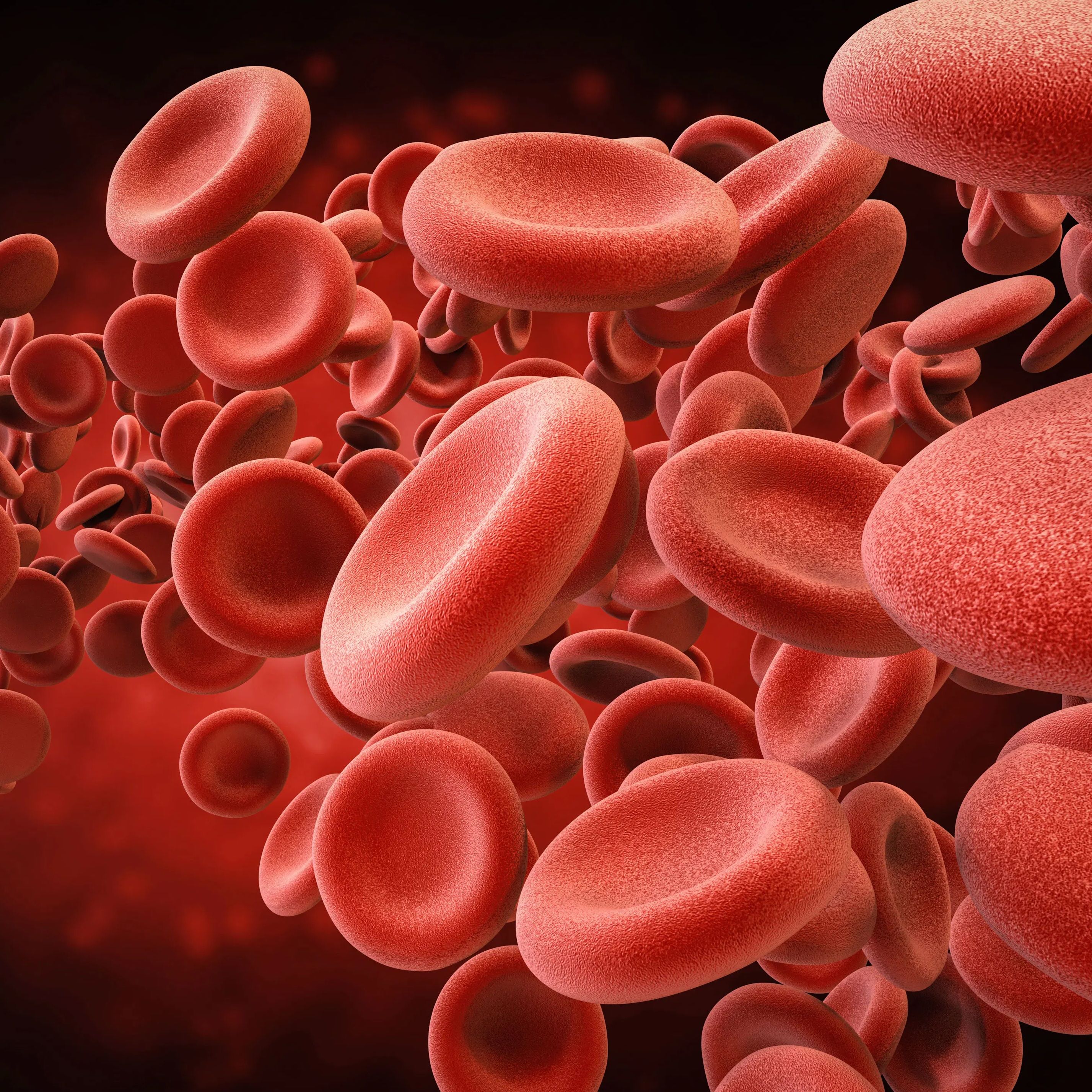News
Article
Intravenous Iron Outperforms Oral Tablets for Anemia in Pregnant Women
Author(s):
Ferric carboxymaltose achieved superior outcomes to an oral iron tablet for the treatment of anemia in pregnant women.
Credit: Fotolia

Intravenous ferric carboxymaltose was superior to oral iron tablets for the treatment of iron deficiency anemia in pregnant women, according to new data published in The Lancet Global Health.1
These results, reported by the IVON Trial, showed that intravenous iron worked faster and achieved better outcomes than oral ferrous sulfate tablets, and demonstrated a similar safety profile, among more than 1,000 pregnant women with anemia.
“These findings are reassuring because pregnant women often reject new medicines because of fear of harm to their babies,” said study author Ochuwa A. Babah, a doctoral student in the Department of Global Public Health at Karolinska Institutet. “We now have evidence that implementing the use of this new drip iron (ferric carboxymaltose) in regions where many pregnant women suffer anemia like Africa, will be a valuable step towards reducing the proportion of pregnant women who suffer from this condition and its complications.”
Anemia is a frequent symptom of pregnant women, particularly in sub-Saharan Africa and Southeast Asia, where more than 4 in 10 pregnancies exhibit the condition. Many pregnant women in Nigeria give birth while anemic, despite taking iron tablets for prevention, according to Babah and colleagues.
They noted this is typically due to intolerance to the tablets, due to adverse effects, or missing the doses. Intravenous iron preparations in Nigeria, including iron dextran, have been linked to a higher risk of adverse effects, while iron sucrose requires repeat dosing. As a result, Babah and colleagues highlighted the need for an effective and safer alternative to overcome these issues.
The IVON trial tested the effectiveness and safety of ferric carboxymaltose, a new medicine in Nigeria and sub-Saharan Africa, for anemia versus ferrous sulfate tablets, currently the standard of care for anemia in the area. The trial enrolled 1,056 pregnant women aged 15–49 years between 5 and 7.5 months pregnant with anemia (hemoglobin levels ≤10 g/dL).
A web-based platform was utilized to assign patients to treatment cohorts—half of the patients were treated with a single intravenous iron dose, while the other half took iron tablets three times a day until birth. Investigators tested hemoglobin levels and iron levels and each patient was screened for depression at specific points in time.
Follow-up occurred until 6 weeks after delivery to obtain more data from the mother and the newborn. At the time of delivery, blood was collected from the umbilical cord to test if the medicine affected the baby’s phosphate levels.
Upon analysis, the continuous fluid of intravenous ferric carboxymaltose was shown to be faster and work better than ferrous sulfate tablets taken orally for anemia treatment. Only one intravenous iron dose during pregnancy demonstrated a faster rise in blood level after 4 weeks, compared with oral iron tablets three times a day. Notably, intravenous iron corrected low iron better than oral tablets.
Safety results showed comparable outcomes between ferric carboxymaltose and ferrous sulfate tablets—the side effects were similar, with no adverse effects observed for the babies.
“The pregnant women were willing to accept the drip iron during pregnancy, supported by their families,” Babah added. “The healthcare workers were ready to administer drip iron but identified a need to increase staff strength and possibly medicine subsidy.”
References
- Afolabi BB, Babah OA, Adeyemo TA, Balogun M, et al. Intravenous versus oral iron for anaemia among pregnant Nigerian women (IVON): an open label randomised controlled trial. Lancet Global Health. Online September 18, 2024. Accessed September 18, 2024.
- EurekAlert. Iron given through the vein corrects iron deficiency anaemia in pregnant women faster and better than iron taken by mouth. Published September 18, 2024. Accessed September 18, 2024. https://www.eurekalert.org/news-releases/1058241
- Stephen G, Mgongo M, Hussein Hashim T, Katanga J, Stray-Pedersen B, Msuya SE. Anaemia in Pregnancy: Prevalence, Risk Factors, and Adverse Perinatal Outcomes in Northern Tanzania. Anemia. 2018;2018:1846280. Published 2018 May 2. doi:10.1155/2018/1846280





